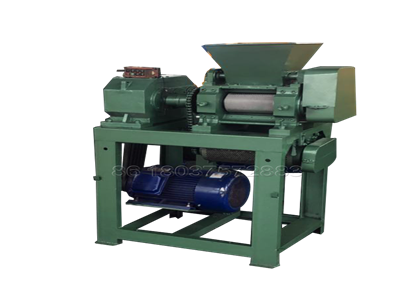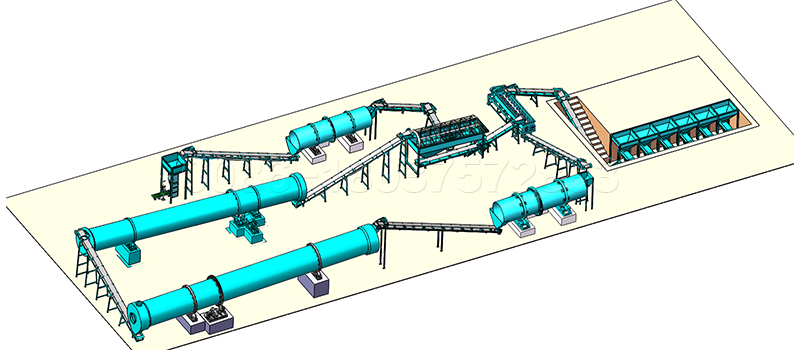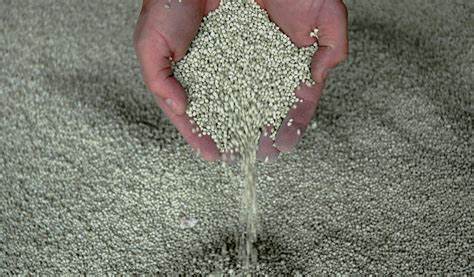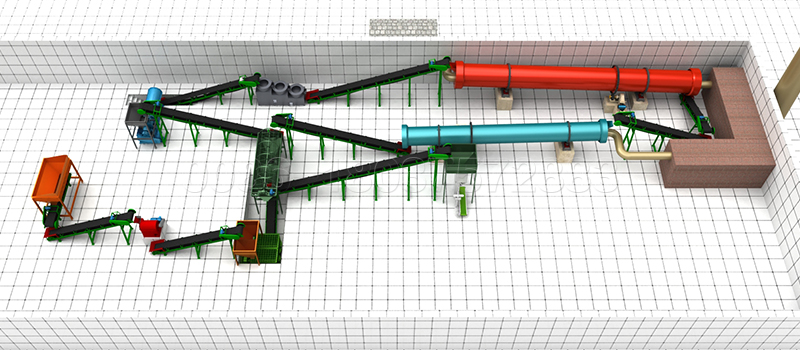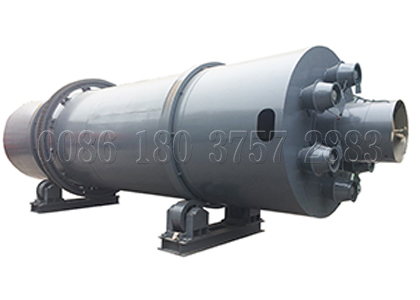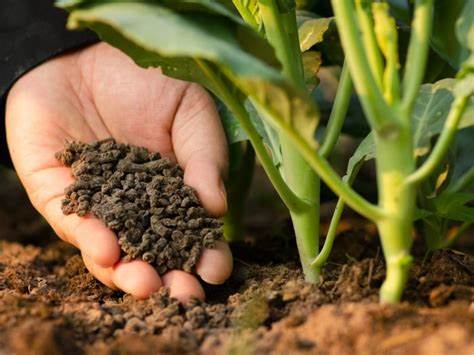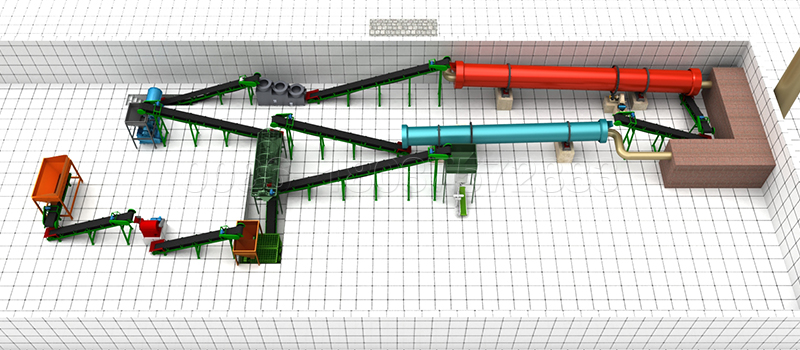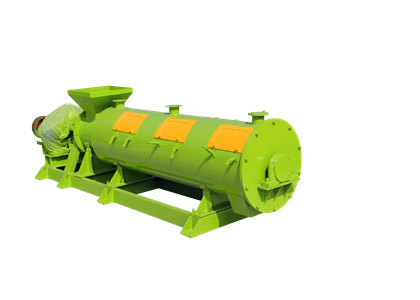Using rotary drum granulator to produce NPK compound fertilizer, using amino acid method to realize fertilizer granulation, NPK fertilizer production process. The following is the whole process of fertilizer production.
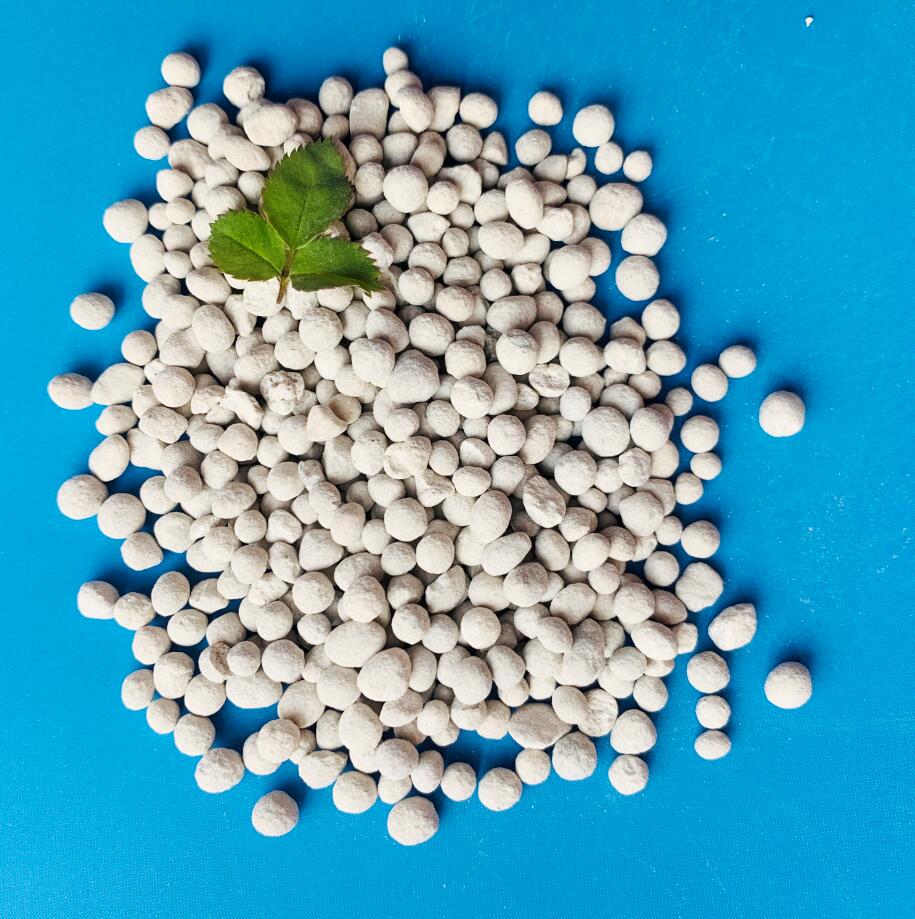
1. Add the raw materials of batch processing system and the return of the whole production process to the rotary drum granulator. The rotary drum granulator is used for wet granulation, and the materials are gathered into the granules.
Rotary drum granulator
2. After metrological verification, concentrated sulfuric acid, dilute ammonium sulfate and cleaning solution of waste gas cleaning system are added into the mixing part of tubular reactor to mix and dilute.
3. After being measured and verified, the gas ammonia in the ammonia station can react with mixed acid quickly to produce high temperature ammonium sulfate and ammonium phosphate aqueous solution, which is evenly sprayed on the bed of granular material through atomizing nozzle.
4. After mixing other gas ammonia with steam, the monoammonium phosphate and super phosphate in the layer are reacted in the granulator again by the mixing device to release the reaction heat, while the wet raw material will aggregate the particles into the particles under the rotating action.
5. NPK fertilizer particles are transported to the rotary dryer and exchanged with hot air in the thermal spray furnace. Water evaporation of compound fertilizer granules.
6. The material is transported to the drum cutter to screen out the particles. The fine particles are immediately returned to the fertilizer granulator and regrouped into the granules. Large particles are crushed by the crusher and then returned to the granulator to form particles again.
7. Some semi-finished products are transported to rotary cooler to cool chemical fertilizer by blowing cold air or forced cooling air and water.
8. Qualified products are transported to the coating machine for polyurethane coating.
9. The finished product is transported to the automatic packing scale for weighing, packaging and storage.
10. Exhaust gas is discharged after cleaning by dust collector, sedimentation chamber and water bath.



